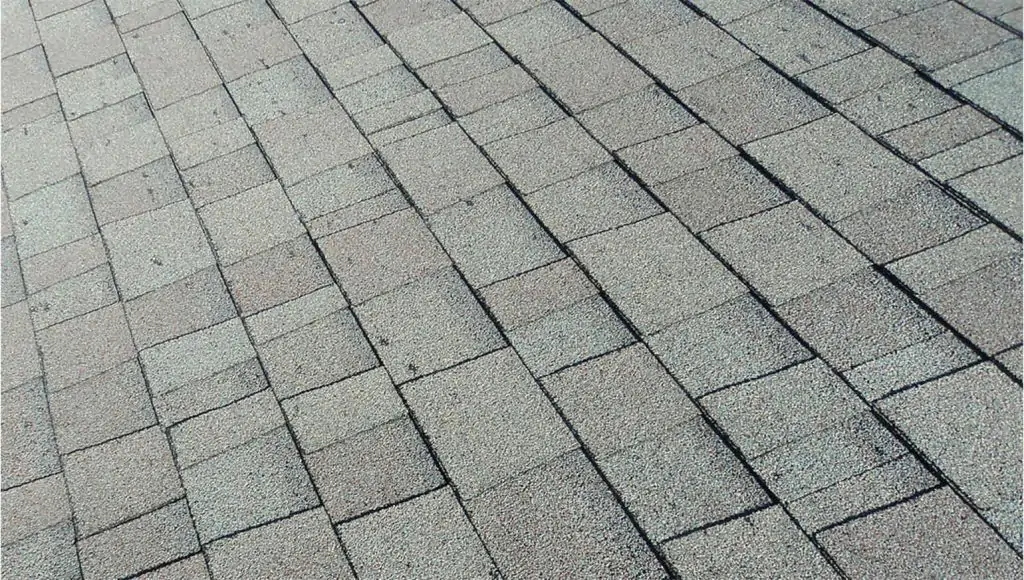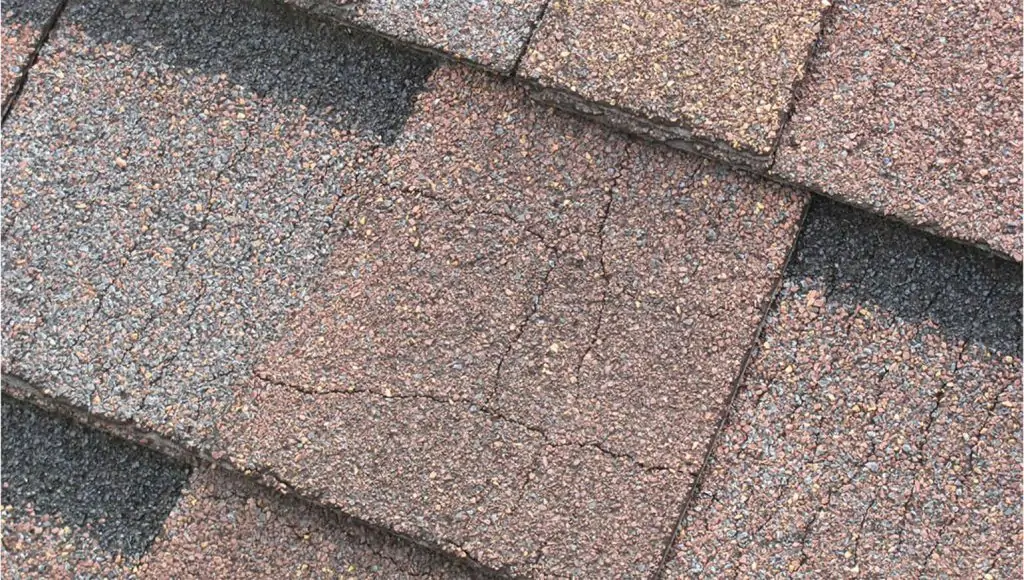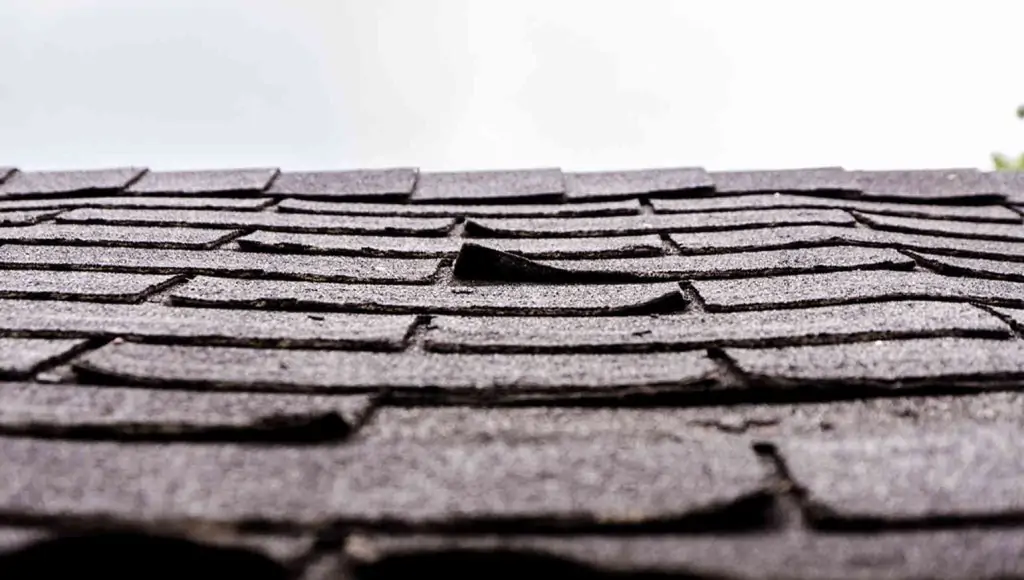Do I need a new roof?
Posted originally by Owen's Corning New content added by GT Roofing and Construction.
Have you ever pulled into your driveway and seen something that caused you to wonder about the current health of your roof? Chances are that the changes occurred slowly over time but one day you just noticed it. Maybe your neighbor got a new roof, which caused you to assess yours. Whatever caused you to look more closely at your roof, it is what it is. We’ve all been there.
Most times a roof can naturally reach the end of its useful life without experiencing a roof failure or major storm damage.
The roof can just look old and worn, even with routine preventive maintenance on your home.
If you notice any of the below warning signs, it is probably time to contact GT Roofing & Construction. Many homeowners dread the thought of roofing projects because it can be an unexpected expense or an inconvenience to deal with. However, if replacing an old roof is delayed, it could result in bigger problems that will need attention down the road. Plus, GT Roofing & Construction helps with the entire process, see the Meet Team section to read about the leaders expertise in assistance. Remember a new roof not only helps provide protection for your home, it also provides a beautiful transformation to your home exterior resulting in impressive curb appeal.
Potential Signs That Your Roof May Need To Be Replaced:
1. Shingle edges are curled or shingle tabs are cupped.
Asphalt shingle roofs tend to curl as they reach the last few years of their service lives. This is due to a combination of factors, such as shrinkage, deterioration, and the granule layer separating from the backing material. Cupping happens when the shingles curl from the edges, resulting in a convex or cup-like shape.
A similar phenomenon is called “clawing,” where the asphalt shingles curl at the center and result in a concave or claw-like shape. Both cupping and clawing are noticeable on standard three-tab shingles because, when new, they appear flat.
The first thing that you should know about cupping asphalt shingles is that it is to be expected on roofs that are past their expected service lives, and there is no type of roof repair that can reverse this condition. When you see cupped shingles on your roof, it is time to have it replaced.
2. Bald spots where granules are missing.

Shingle granule loss is one of the most common roofing problems homeowners face. The protective granules of shingles can be found on the ground as well as in gutters and downspouts. Granule shedding is inevitable, but should you worry about it? The roof repair pros at GT Roofing & Construction, shed light on this matter.
About Granule Loss
The surface of asphalt shingles is embedded with granules, which provide further protection for your home against the weather and other elements. Shingles have better resistance against ultraviolet (UV) rays, thanks to the granules. Those granules, however, get dislodged and washed away by run-off, compromising the roof shingles’ performance when left unchecked.
Is It a Cause for Concern? Free Inspection
The answer to this question needs to be evaluated on a case-by-case basis. With new roof installations, for instance, it is common for granules to scatter along the gutters as roofers handle, cut, nail and step on them.
Then again, granule loss may also occur long after a roof has been installed. In fact, it is an indicator that the roofing system is nearing or is already past its lifespan. Apart from large amounts of granules collecting in the gutters, you may notice bald spots forming on the shingles, revealing the roofing material’s substrate. We recommend having those shingles replaced as soon as possible.
Allow GT Roofing & Construction to come give you a Free Quote!
3. Cracked Shingles

Your roof stands up to extreme temperatures, and over time cracked shingles can result. Hot and cold temperatures make shingles expand and contract. Cracked shingles can allow water to enter them and get into the underlayment. If left unattended, problems can cascade into costly damage to your home.

